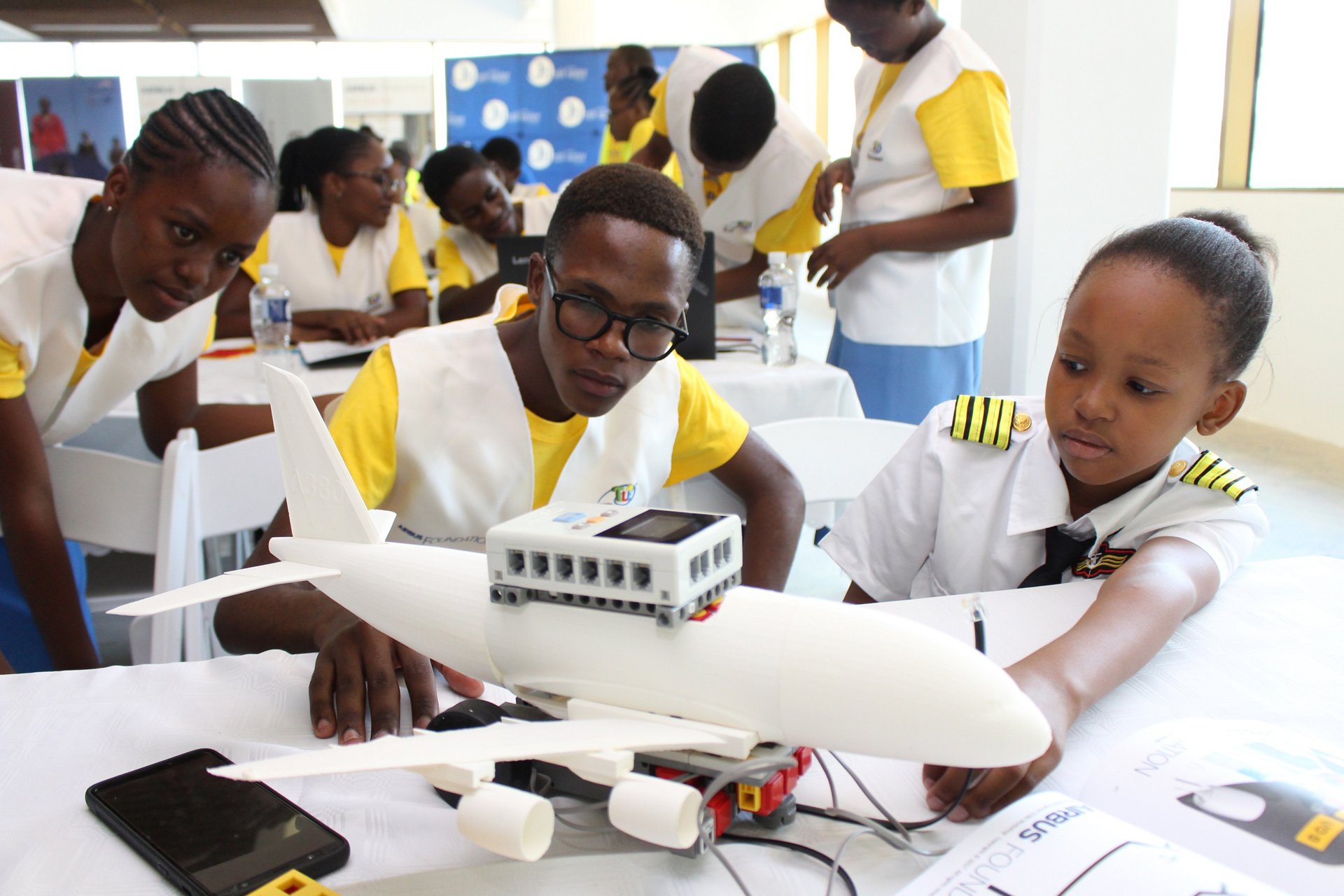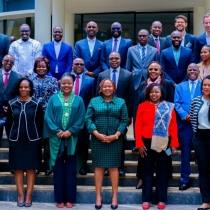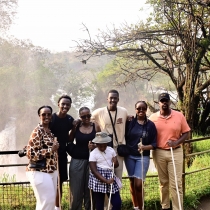
PERSPECTIVE: Exposure Fosters Innovation in Children
Although it is possible to innovate without extensive knowledge on the subject matter, there always needs to be some form of exposure to the said field of innovation.
This fact has been discussed in numerous pieces of literature and supported by several prominent scholars and business persons.
In his book, Handbook of Creativity(1999), M. Csikszentmihalyi proposes a systems model under, "A Systems Perspective on Creativity," which makes it possible for us to see that for one to be creative in any area, one must have access to that area and must learn to work according to the rules.
The story of Dominique Crenn, the chef-proprietor of the three-Michelin-starred Atelier Crenn in San Francisco illuminates the need for exposure to gain knowledge.
For Dominique to come up with the idea of using food art to communicate, she had to be exposed to her father’s artistic background.
She was inspired by her father’s passion for artwork and so her innovation was emotion-driven.
Dominique did not know the food business, but she became aware of the knowledge and diversities in the specific field as she learned from working with restaurant owners.
If her father had not exposed her to art at an early age and if the restaurant owners had not given her an opportunity to learn about the food industry, it would have been less likely for her to be innovative.
Her story shows the need for a community of people who share ways of thinking and acting, learn from each other, and imitate each other’s actions as a strong foundation for innovation.
The real-life story of William Kamkwamba's as portrayed in the drama “The Boy Who Harnessed the Wind” serves as another powerful example of how exposure can foster innovation for a child.
Despite coming from a society with fewer opportunities to implement innovation, Kamkwamba’s knowledge about and exposure to technology through his science classes and his work repairing radios enabled him to tap into his innovative potential.
From this, “it is important to note that society and family traditions, cultural capital like schooling can direct a child’s interest toward specific domains, which build a character that leads to innovation”.
These stories show us that for one to be creative and implement innovation, one has to gain knowledge and experience in a field.
They also serve to assert that the greatest support system is found within a child’s society and that one’s environment supports one’s natural abilities.
Without proper guidance and exposure, natural abilities can easily be dimmed out.
It is true that innovation among children can come from a place with no traditions in a specific domain, but those are very rare cases and many more innovative ideas come from exposure to certain requisite opportunities.
Children have a right to opportunities and how resources are availed through leadership schemes, how knowledge is conveyed through teachers, and how their minds are stimulated would greatly contribute to how children perceive innovation.
The writer is a design engineer at Equitorial Power Limited
Links
- 149 views












































Join the conversation